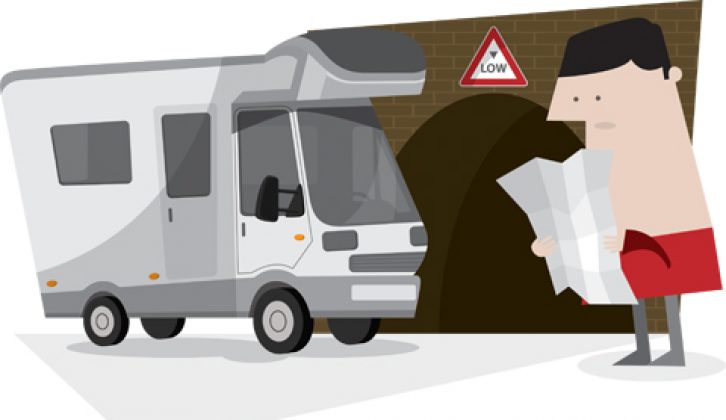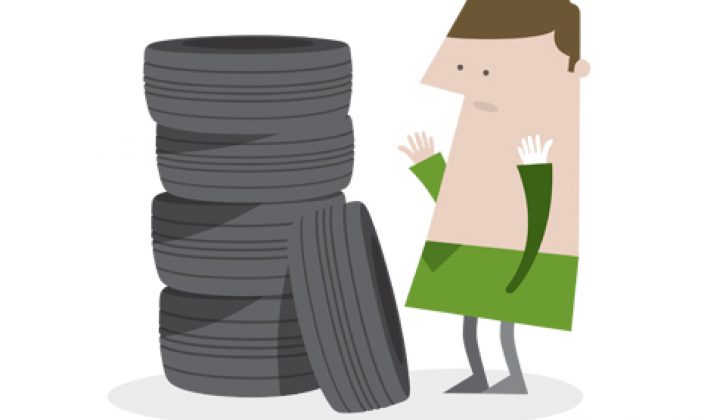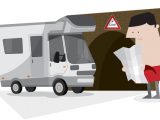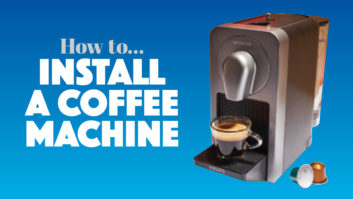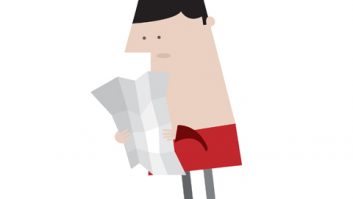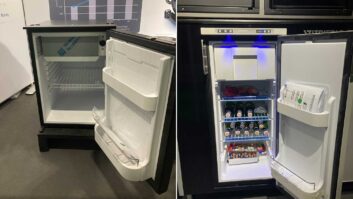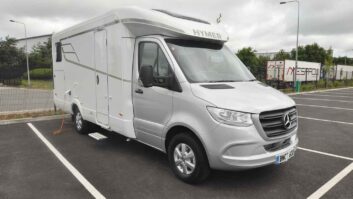In part two of our special feature, we have 10 more things you need to know about motorcaravanning, but were afraid to ask. Whether you’re new to the game or an old hand, this advice will keep you safe, legal and happy.
- For part one of this feature, just click here.
1. Does my licence cover me to drive my ’van?
For most users, the ordinary car licence (Category B) will be sufficient for a motorhome, but if you passed your test on or after January 1, 1997 and you want to tow a trailer with a maximum weight of more than 750kg, you will need a B+E licence – and that means you have to sit a separate test. If your vehicle is over 3500kg (but less than 7500kg), you must have a category C1 (medium goods vehicles) licence (you’ll already have this entitlement if you passed the test before that date). If you are over 70, you’ll lose this entitlement unless you have a private medical test (typically, this costs around £100-£150).
2. How do I avoid low bridges and narrow roads in my ’van?[tl:gallery index=1 size=215×129]
First, make sure you know your ’van’s weight and dimensions, all of which should be in the handbook – keep this info in the cab. Follow your chosen site’s own approach directions, which will take into account any potential problems. Do not rely solely on your sat-nav. Some sat-navs now have software that will allow you to input your ’van’s dimensions and will recommend a suitable route (see our test of ’van-friendly sat-navs in May 2010 issue). Generally, stick to main roads and keep your eyes open for road signs giving height or weight limits.
3. Why do other motorcaravanners wave at me? Should I wave back?
It is a friendly gesture intended to foster a spirit of friendship among the motorhome community. Whether you return the wave is a personal choice; however, if you do wave back, remember to keep your eyes on the road. Don’t feel obliged to wave when you’re in the process of changing gear or if you need to keep two hands on the steering wheel, if you’re in the middle of a manoeuvre, for example. The other driver will not be upset – your first duty should always be to concentrate on the road ahead.
4. Can I empty waste tanks on the roadside or into drains?
Never empty toilet fluid anywhere other than into a proper chemical-toilet disposal point. Some public toilets may have an approved facility, but others will prohibit any such use. It is also against the water pollution regulations to discharge grey waste (i.e washing-up water) onto the highway. Use the designated points on sites. If you have to discharge grey water away from a site, then drain the tank into a separate receptacle and dispose along a hedge base where it will safely soak away.
5. Where, when and how do I get an MoT test certificate for my motorhome?
It often depends on the size of your ’van and the facilities available at the test station. All ’vans are considered Class IV vehicles for MoT purposes and can usually be tested at any of the 19,000 car MoT centres in the UK. However, if the size or height of the vehicle makes this difficult, the MoT garage may refuse to accept the vehicle. It’s best to check when you call to make the booking. Larger ’vans can be tested at Class VII centres that will have the facilities to cope with HGVs. The fee should be the same (a maximum of £54.85 currently). A ’van will need to pass an MoT test after its third year from new and every year after this.
6. What are the rules concerning congestion charges, toll roads and low emission zones?
’Vans are liable for congestion charges in central London (currently £10). Toll charges for ’vans vary widely according to the road or bridge you are using. London’s Low Emission Zone already affects large ’vans, but for vehicles under 3500kg it has been postponed until January 3, 2012. You must use an emission-compliant engine or you will need to pay a daily fee to enter the signed area at any time. You can check the rules and your vehicle’s compliance at www.tfl.gov.uk.
7. Can I use my ’van all year round?
Of course: the days of laying up your ’van for the winter months are long gone. With the advancements in modern insulation and heating systems it is practical to tour all year round – and it’s better for the vehicle, too. Although many campsites do close for the winter, the two main Clubs have more than 80 sites between them and many more independent sites are open for at least parts of the winter. The more we use them, the more it will become economical for them to stay open longer. A word of advice, though: remember to use fridge vent covers when the temperature falls below 10˚C. This will keep out draughts, leaves and snow.
8. Which tyres should I use?[tl:gallery index=2 size=215×129]
Always use a reputable tyre manufacturer and choose tyres with load and speed ratings suitable for the vehicle. Do not be tempted by cheap tyres, because motorhome tyres have a hard life. Remember that tread depth is just one sign of a worn-out tyre: wall damage, cracking and degradation due to sunlight exposure all contribute to tyre wear. Motorhomes do relatively low mileages, so it is perfectly possible for a tyre to need replacing even if it still has plenty of tread left. Any tyre, including the spare, that’s more than seven years old should not be used, and industry advice is that you should consider replacing tyres after five years.
9. How do I check my ’van’s payload?
Check your motorhome manufacturer’s handbook to ensure that you know exactly what has been included in your motorhome’s official payload figure. Extras such as air conditioning or bike racks will need to be deducted. For general touring, you should allow for about 100-120kg for a couple’s personal effects (clothes, food, water and the like). Be careful how you distribute the load, too, because it can be easy to overload the rear axle. To be certain, take your vehicle to an official weighbridge (your council’s Trading Standards office will have the address). Keep the ticket, too: it might come in useful if you are stopped at a roadside check.
10. What about motorhome insurance?
Motorhome insurance is generally very reasonable, because insurers tend to see motorcaravanners as a relatively low risk. However, ensure you have adequate insurance for your vehicle, including foreign travel if you need it. Check that your policy will include habitation items within the vehicle, such as the fridge, and that personal items are also covered under the policy. Read the small print before joining and if there is a breakdown and roadside recovery element included, be sure the provider is able to cope with a ’van of your vehicle’s dimensions. Check that the full value of your vehicle and equipment is fully covered.

